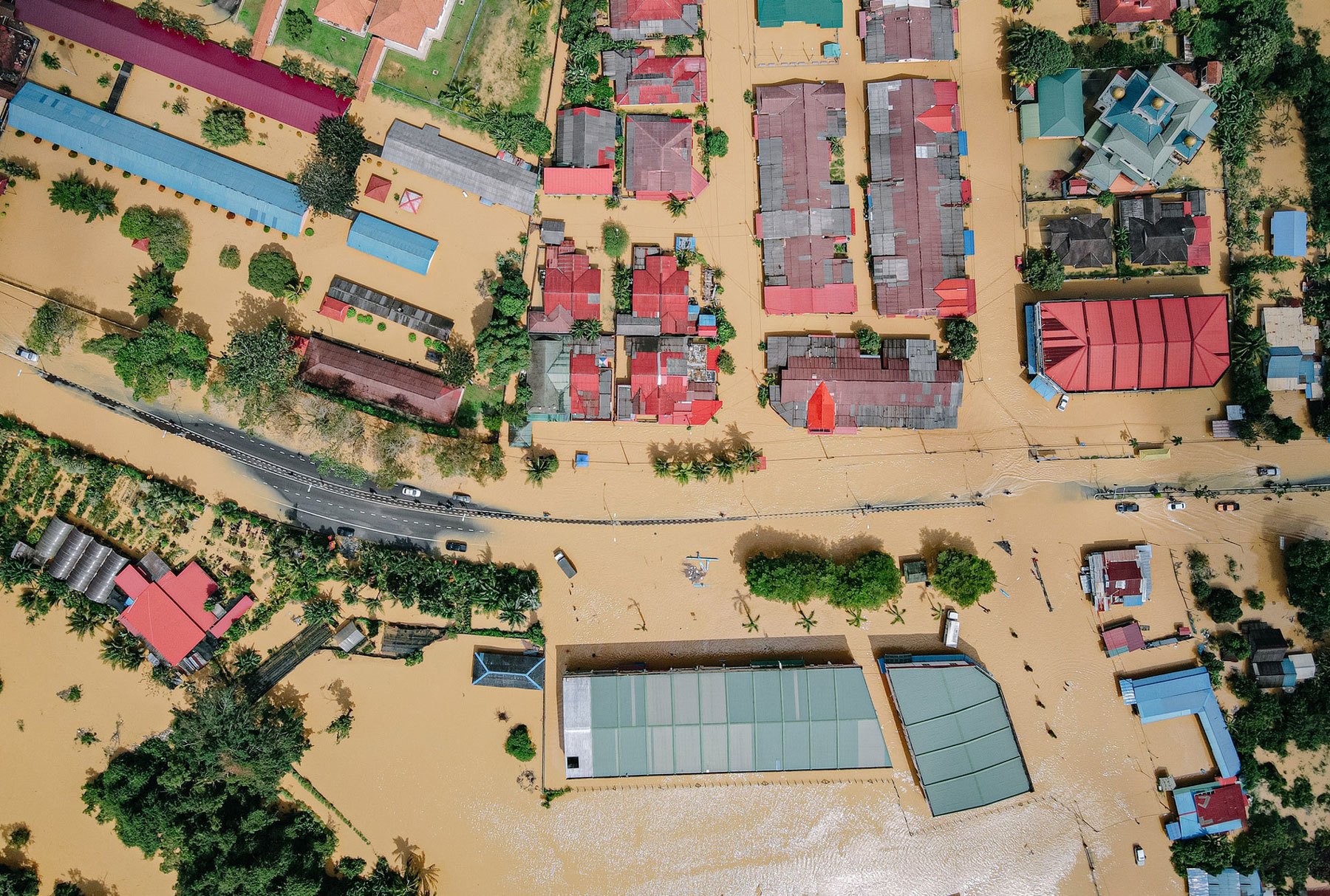Adapting to Extreme Weather
Our researchers are seeking new ways to predict and respond to extreme events.
Extreme events
The Intergovernmental Panel on Climate Change (IPCC) has released its Sixth Assessment Report. This has confirmed the effects of climate change on the weather and climate extremes.
These include heatwaves, heavy precipitation, droughts and tropical cyclones. These events lead to loss of life and significant damage to infrastructure and ecosystems.
We are now able to estimate the human contribution to the frequency and intensity of specific events. Without action many of these changes in extremes will become larger with continued warming.
The 2015 Paris Agreement set out the target to limit global warming to well below 2°C and preferably to 1.5°C compared with pre-industrial levels. This is to be achieved through significant, sustained reductions in emissions of carbon dioxide and other greenhouse gases.
We are already living with extreme weather and even with reductions in emissions it will be exacerbated by climate change. Further climate change is to some degree ‘locked in’. Because of this a key global priority is to increase the climate resilience of communities and ecosystems.
Our researchers are at the forefront of understanding extreme events and how they might change. As leaders at identifying how to respond to hazards and their impacts they can also assess the level of risk posed by climate change.
Climate research and risk
Our research is improving our understanding of floods, droughts and other climate hazards. We are developing state-of-the-art observations and modelling methods. These will help us understand how and where these hazards occur and the impacts they have on infrastructure and natural ecosystems.
This includes a better understanding of the impact of:
- extreme heat
- extreme rainfall
- surface water and river flooding
- drought
- windstorms
- slope instability
The latest climate model information allows us to derive local-scale projections. Using new tools we are then able to merge hazard information with scenarios of demographic and other societal change. This allows us to quantify changes in risk.
Adapting to a more hostile environment
We use our future scenarios of climate and risk to test options for adaptation to future weather extremes. This addresses the global priority of making society resilient to future climate change.
Our solutions can include working with natural processes to manage water and reduce flood risk. We might provide updated guidance for resilient infrastructure design. And we could develop new business models for infrastructure that support decision-making.
We are members of the Tyndall Centre for Climate Change Research. This provides us with a policy context for our climate impacts analysis.
